

After entering a series of buildings, you finally can see the main Tomb, which has a nice fountain and rows of trees leading up to it.
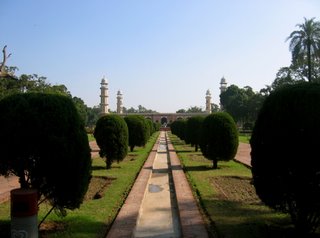
The Tomb has suffered much over the years, with many of its original ornaments and decorations having been stripped away, but the British government restored much of it in 1889-90. Restoration work was still being done to the top of the tomb while I was there.


Inside the actual Tomb is Emporer Jehangir's elaborate casket. The details are certainly beautiful and eye-catching.


I was able to get on the roof of the actual Tomb thanks to my companions from the Lahore Tourisim Department. The general public isn't allowed on there at the present time, because much of the current repair work is being done on the walls that surround the roof.

The roof has four towers and when you climb them you can get a really spectacular view of the whole Tomb complex.

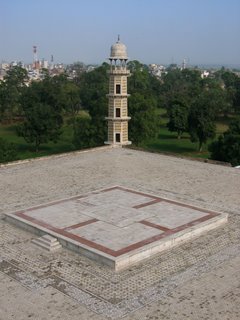
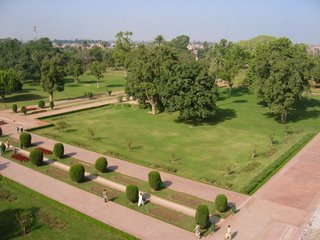
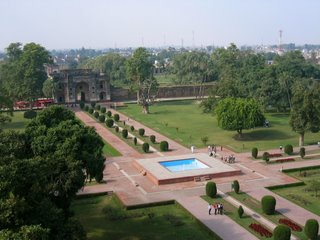
One detail I found interesting was this swastika on the ground in front of the main Tomb. For those who don't know, the swastika was originally a sacred symbol of peace and love for Hindus, Buddhists and several other religions before Hitler corrupted in during the Nazi regime.

Just across the road from Jehangir's Tomb is one belonging to Nur Jahan. I didn't go inside, but I found it interesting that the woman who designed such an ornate final resting place for her husband has a somewhat modest one for herself.
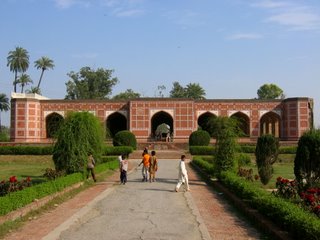

No comments:
Post a Comment